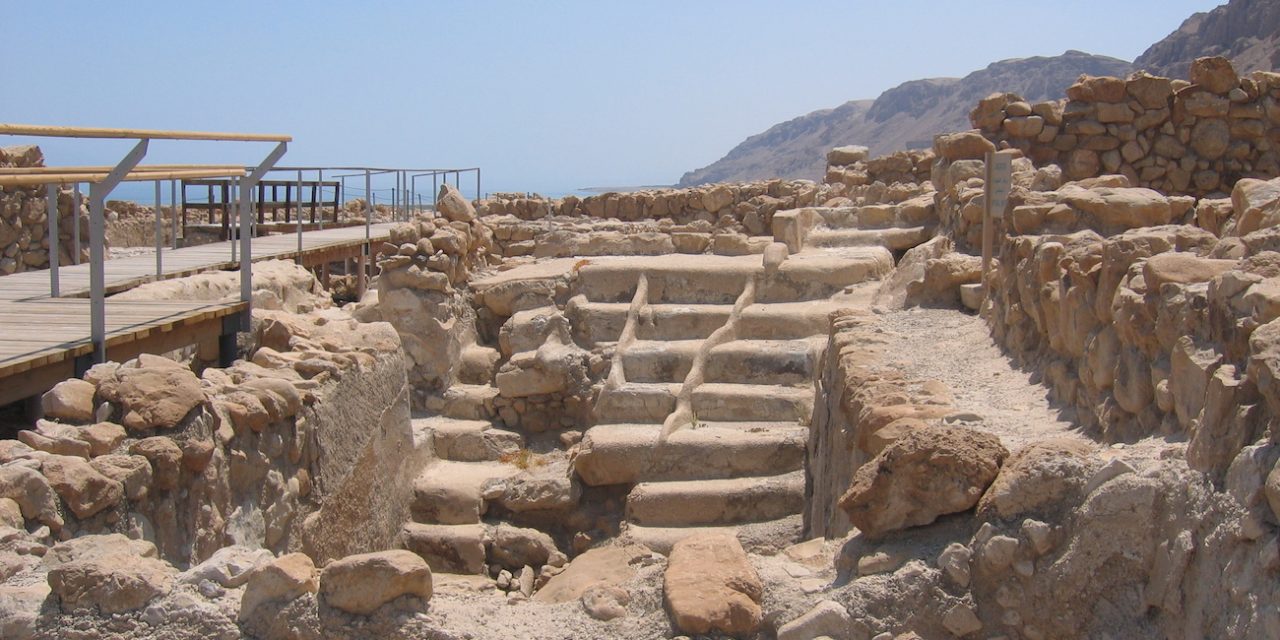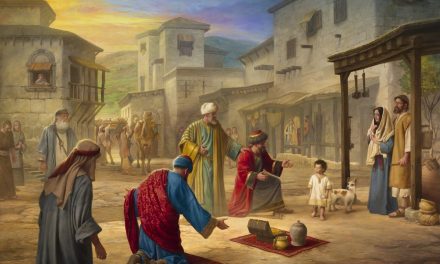
The Jews had (and still do have) a practice called “mikveh.” A mikveh is a ritual bath that purifies the person entering it. A person will immerse him or herself in a mikveh upon conversion to Judaism, after any time of impurity, and before religious holidays. So you might be baptized once when you become a member of your church, but a Jew would enter a mikveh on many occasions.
Did The Jews Of The Bible Baptize?
The Jews had (and still do have) a practice called “mikveh.”
John the Baptist preached and baptized in a tributary of the Jordan River near Jericho. He baptized by immersion to prepare believers to receive the Holy Spirit. He caused an uproar and many people went down to the area just to see and hear him. Scribes and Pharisees also showed up. In a sense, they were spying on behalf of the Jewish high priests. What John was doing was unusual. But why?
The Jews had (and still do have) a practice called “mikveh.” A mikveh is a ritual bath that purifies the person entering it. A person will immerse him or herself in a mikveh upon conversion to Judaism, after any time of impurity, and before religious holidays. So you might be baptized once when you become a member of your church, but a Jew would enter a mikveh on many occasions.

A mikveh in Qumran near the Dead Sea.
A mikveh must be fed by living water. There are many rules surrounding this. Look at this description from Wikipedia:
A mikveh must, according to the classical regulations, contain enough water to cover the entire body of an average-sized person; based on a mikveh with the dimensions of 3 cubits deep, 1 cubit wide, and 1 cubit long [a cubit being about 18”], the necessary volume of water was estimated as being 40 seah of water. The exact volume referred to by a seah is debated, and classical rabbinical literature specifies only that it is enough to fit 144 eggs; most Orthodox Jews use the stringent ruling of the Avrohom Yeshaya Karelitz, according to which one seah is 14.3 litres, and therefore, a mikveh must contain approximately 575 litres. This volume of water can later be topped up with water from any source, but if there were less than 40 seahs of water in the mikveh, then the addition of 3 or more pints of water that was at any time intentionally collected in any vessel or transferred by a human, would render the mikveh unfit for use, regardless of whether water from a natural source was then added to make up 40 seahs from a natural source; a mikveh rendered unfit for use in this way would need to be completely drained away and refilled from scratch in the prescribed way.
Phew. It was easiest to use a spring-fed mikveh.
So, why was John’s method of baptism so odd?
- John did not use a mikveh, but performed his baptisms in a river.
- John performed the baptism, while people immerse themselves in a mikveh.
- Repentance was an important aspect of John’s baptism.
- John baptized to prepare believers to receive Jesus and eventually the Holy Spirit.
- John performed the baptism in the name of the Father, the Son, and the Holy Spirit.
- John taught that Messiah had arrived and salvation would come through Jesus.
This all was very puzzling to many of the Jews who came to watch him. To the Scribes and Pharisees, it seemed like John was confusing their traditions and laws and leading people astray. People who were touched by the Spirit began to understand that truth and righteousness were being offered to them. They accepted the baptism of John and sought out Jesus.







